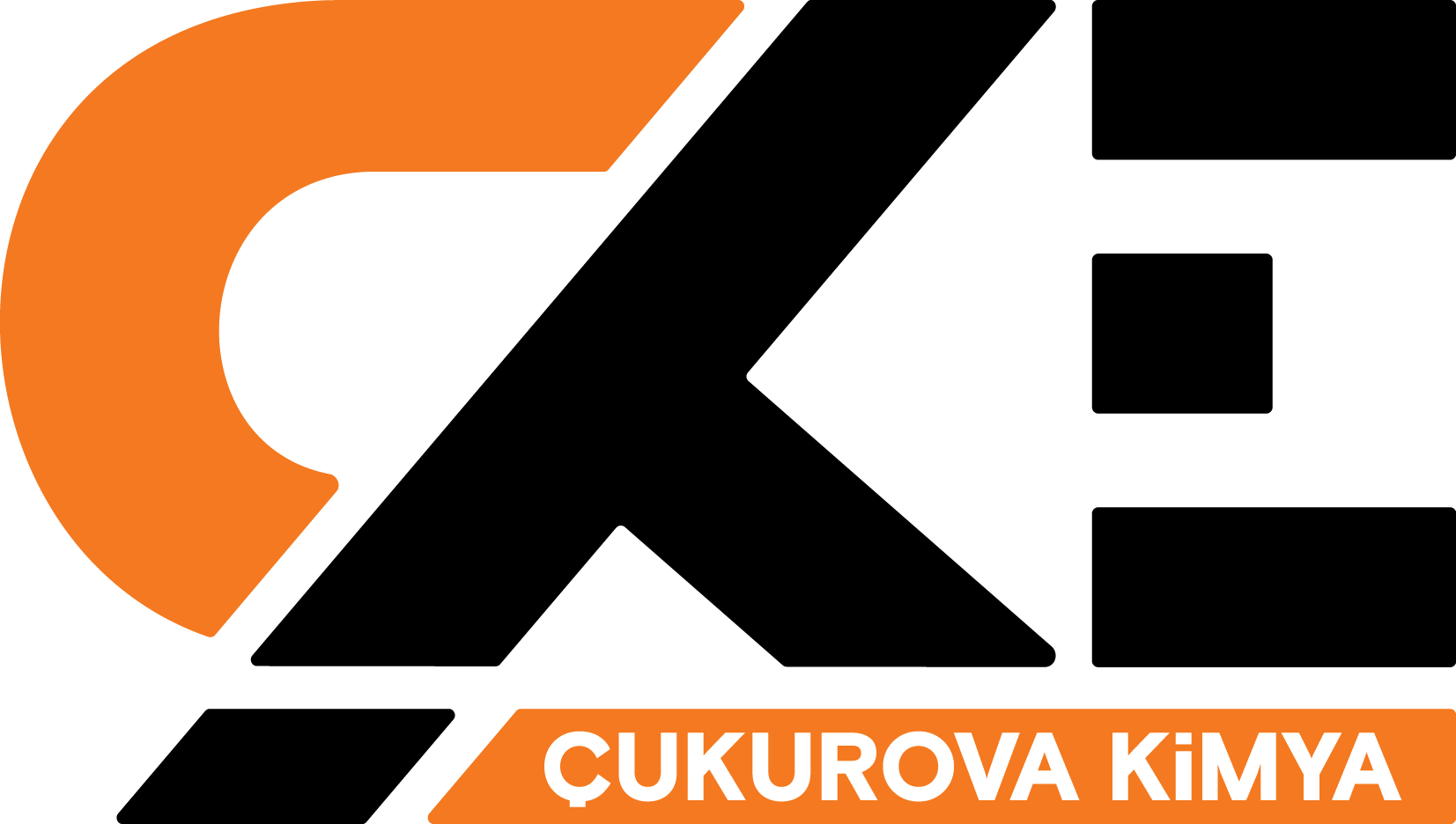Reinforcing Resins
Reinforcing resins show a self-condensation reaction in the presence of a methylene donor; eg hexamethylenetetramine (HMTA). Natural compounds (tall oil, cashew nut shell liquid, etc.) can be used as additives to increase the performance of reinforcing resins and their solubility and dispersion in rubber.
Natural compounds, which are modification agents used in the reinforcing resins of Çukurova Kimya, provide flexibility to the cured resin. This improves the dynamic and chemical properties of the final rubber product. These resins are used to strengthen the bond between rubber-metal, fabric-rubber and/or rubber layers. These reinforcing resins increase the tear resistance, first tear resistance and abrasion resistance of the rubber it is used in. It gives a better hardness, better durability with reduced compression, heat, oil and solvent resistance in the products.
Phenolic resin reinforced rubber compounds are used in many different applications, such as the teeth of on-drive belts, the surface layers of conveyor belts and pulleys, and parts in vehicle/automobile tires where higher hardness is required.
These resins can be produced as a powder with the addition of methylene donor (HMTA) or in the form of flakes/granules without HMTA.
 Product Advantages
Product Advantages
- It increases the processability of rubber.
- Increases wear resistance of vulcanized rubber.
- It supports the hardness and tensile strength of vulcanized rubber.
- It helps to improve the thermal resistance of vulcanized rubber.
Curing Resins
Curing resins, which are designed to react with heat, are used to increase the curing performance in the vulcanization process of butyl rubber compound. In addition, it can be used in the blends of butyl rubber with nitrile, natural rubber and polychloropyrene rubbers.
The most widely used, cheapest and oldest rubber curing/vulcanization method is the use of sulfur-containing chemicals. The use of phenolic resins as curing agents provides advantages over the sulfur vulcanization method. In vulcanization process in the presence of sulfur, carbon-sulfur bonds are formed in rubber, however curing with phenolic resin, carbon-carbon bonds are formed. Carbon-carbon bonds are much more resistant to hydrolysis than carbon-sulfur bonds, especially when exposed to moisture at high temperatures. In rubber, cured with sulfur curing technology, after the crosslink density reaches the maximum level, the disintegration reaction of carbon-sulfur bonds is observed. The reverse reaction takes place much more slowly when the rubbers are cured with phenolic resins. This feature becomes important in some special applications.
Resins in this group are used together with halogen-containing elastomers and metal chloride catalysts. With the use of these resins, vulcanized butyl rubbers become products, that are resistant to drying, high heat and pressure, non-blooming, non-staining and have high modulus values.
Tackifying Resins
These are alkyl phenolic-based oil-soluble resins developed for use as interlayer tackifiers during the layered production of automotive tires and mechanical rubber products that require high tack levels. These types of resins are compatible with many synthetic rubbers and natural rubber blends.
Synthetic rubber performances increase with today's technology are replacing natural rubber. However, the ability of natural rubbers to hold layers together, which is the most important feature, is not as strong in synthetic rubbers as it is in natural rubber.
For this reason, tackifier resins are designed by Çukurova Kimya R&D scientists for applications where a strong bond is required between the layers of rubber compounds.
Tackifying resins are used in rubber compounds, used in the production of different products such as automotive tires, conveyor belts, rubber-based hoses, linings, mats, sheets, fabric-lined rubber and rubber adhesives.
Tackifying resins, which are in the alkyl phenolic novolac group, can be used in rubber compounds in different proportions to achieve the desired tack.
 Product Advantages
Product Advantages
- High initial tack and improved tack persistence
- Enhanced heat and humidity performance
- Same level of tackiness compared to other resins even at low input levels
- Has no negative effect on the final product
Adhesive Resins
Adhesive resins are formulated and synthesized to be heat-activated and suitable with neoprene, chloroprene and other elastomer-based adhesives. These resins impart low initial viscosity and viscosity stability to rubber-based adhesives. These adhesive resins are produced by considering parameters such as green bonding, opening time and bonding strength.
These resins, which can dissolve in solvents such as aromatic hydrocarbons, esters and ketones, are used in areas such as rubber-based adhesives, upholstery, shoes, leather, automotive adhesives, wire enamel, coating and lacquer.
Products with low monomer content and different softening points are produced in line with the demands of our customers.


